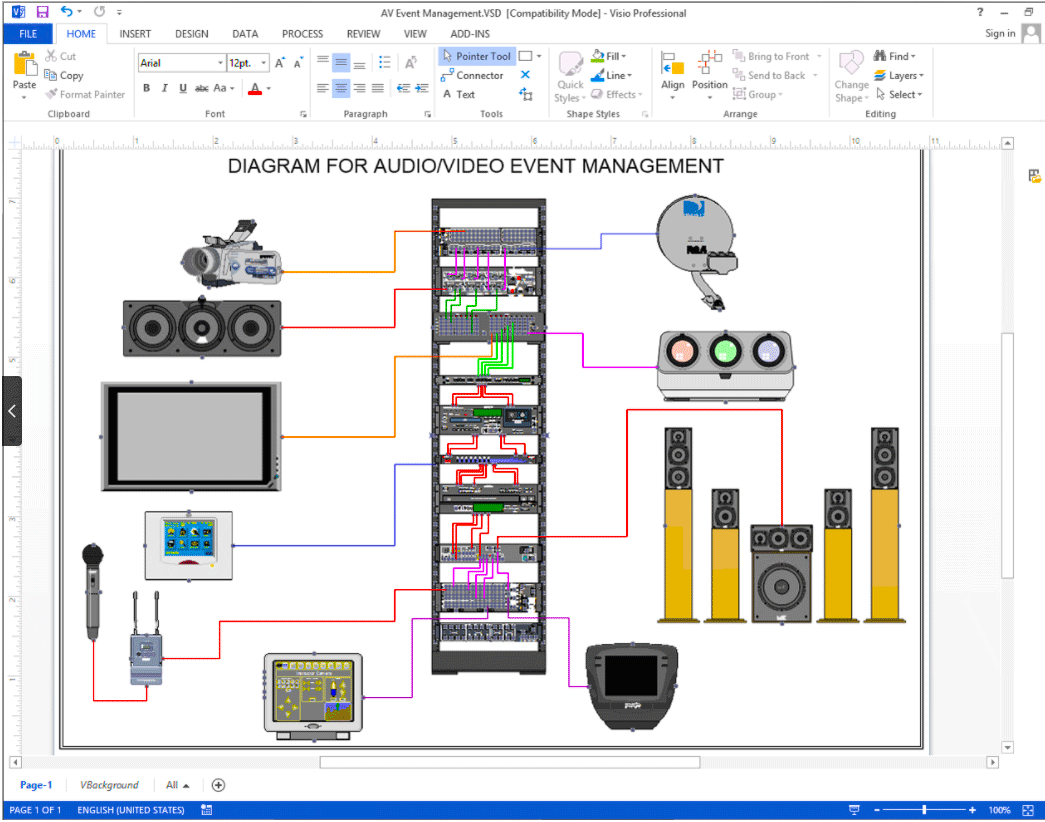
Placing security cameras efficiently is essential to enhancing monitoring across various settings, such as residences, businesses, and community spaces. The primary goal of surveillance systems remains to deter crime while also offering evidence during case of incidents. To achieve this, it is important to consider various elements, including surveillance camera placement, range of view, and the particular zones that need monitoring. By comprehending these factors, individuals as well as organizations can develop a comprehensive monitoring plan that optimizes the effectiveness of their security solutions.
One of the first steps in positioning security cameras involves to identify critical locations that require surveillance. Vulnerable areas, such as entrances, exit points, vehicle lots, and locations with high-value assets, must be prioritized. It also crucial to take into account blind spots, that are areas that may not be seen from specific angles. By charting out these critical areas, security staff can ensure that every nook is monitored, minimizing the likelihood of illegal activity going unnoticed. Additionally, installing surveillance systems at strategic points can help form a comprehensive perspective of the premises, allowing for improved overall security coverage.
The field of a security system remains another important factor to consider. Various types of cameras offer different ranges of vision, which can influence how much area is recorded in the video. For instance, wide-angle systems can monitor larger areas, making them ideal for open areas, while PTZ systems can be adjusted to concentrate on particular features. When positioning cameras, it becomes important to choose the appropriate type based on the area being observed. This ensures that the camera can record sharp images and provide important information in case of an incident.
Height and angle of mounting also have a crucial part in the effectiveness of security systems. Cameras must be mounted at a height that is out of reach of possible interference but still allows for unobstructed visibility of identifying features and other identifying features. A typical suggestion is install cameras at least eight to 10 feet off the floor. Additionally, the angle at which the camera is positioned can impact its capability to capture important information. Surveillance systems should be angled to reduce reflection and prevent blockages, guaranteeing that they can capture sharp footage at all moments.
Finally, routine maintenance and updates to the surveillance system are crucial for long-term efficacy. This includes checking camera performance, wiping lenses, and ensuring that software is up to date. Frequent assessments of the surveillance plan can assist detect any new discover this blind spots or areas that may require additional monitoring. By remaining proactive and implementing necessary adjustments, individuals and entities can improve their monitoring efficacy and ensure that their security systems remain to fulfill their designated function.